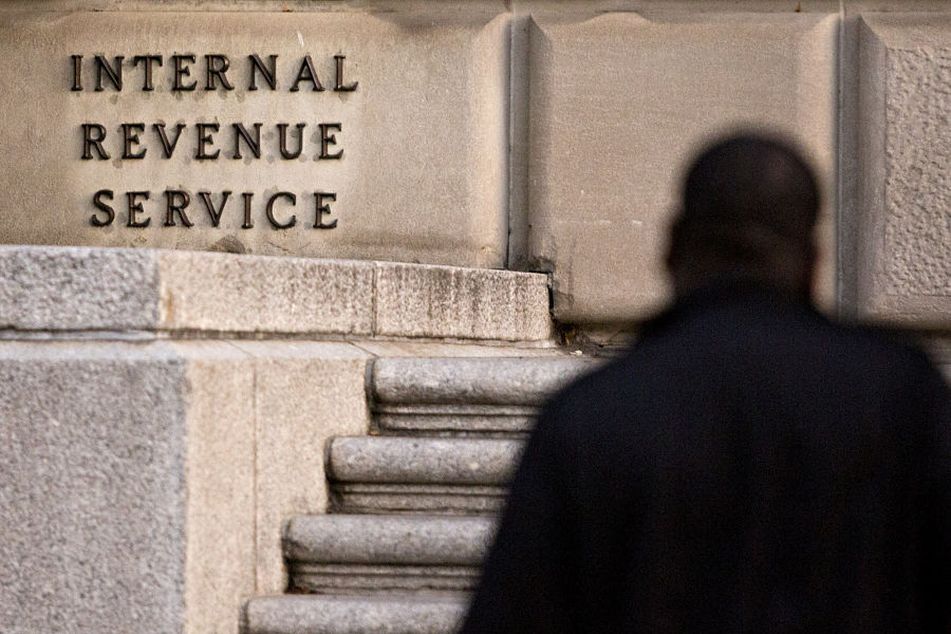IRS proposal aligns RMD rules with SECURE Act

The measure clarifies how the prohibition on 'stretch' IRAs should be applied and provides details on implementing the rise in the RMD age to 72.
A wide-ranging Internal Revenue Service proposal overhauls rules for required minimum distributions from retirement plans to align with a landmark bill Congress passed more than two years ago.
The 275-page IRS proposal brings RMD regulations into agreement with the SECURE Act, which raised from 70½ to 72 the age at which retirees must start to withdraw money from individual retirement accounts and other plans. The measure also ended so-called “stretch” IRAs, limiting to 10 years the amount of time a non-spouse beneficiary has to take distributions.
The SECURE Act reforms have been in place since the legislation was approved in late 2019. The hefty IRS proposal provides long-awaited implementation details and also updates RMD policy to reflect other legislative changes.
On Thursday morning, the retirement policy community in Washington was trying to digest the proposal, which will be open for public comment for 90 days after being published in the Federal Register.
“They’ve rewritten everything,” said Carol McClarnon, a partner at Eversheds Sutherland. “You have to read through it carefully to see how the rules have changed because it’s not just the SECURE Act being addressed.”
Staffers at the Insured Retirement Institute are poring over the proposal.
“The proposed regulations are a step forward towards the implementation of the SECURE Act,” IRI spokesperson Dan Zielinski wrote in an email. “Increasing the RMD age was among many provisions in the law that IRI advocated so we and our members are keenly interested in how the proposal is structured.”
The proposal clarifies some aspects of the SECURE Act changes. For instance, it lays out the details of how much time a non-spouse IRA beneficiary has to liquidate the vehicle if it’s inherited from someone who already started taking distributions.
In general, a beneficiary who is more than 10 years younger than the IRA holder can maintain the investment until the 10th year, with no distributions being required in years one through nine.
“However, the proposed regulations somewhat unexpectedly say that when RMDs have already begun to the participant, after death distributions must continue to be made in years one to nine in that situation, with the remaining account balance distributed no later than year 10,” McClarnon said.
The proposal also sets a specific time for the stretch IRA ban clock to begin for children who inherit an IRA. Children can take lifetime distributions until they reach the age of 21. At that point, they must liquidate the IRA within 10 years.
There are some exceptions to ending the stretch IRA. In addition to minors, the rule doesn’t apply to disabled people. But the proposal specifies that a disability must be documented before the stretch ban is lifted.
Other RMD reforms in the proposal encompass trusts, annuities, 403(b) plans, custodial accounts and deferred compensation plans.
The next iteration of the SECURE Act, or SECURE 2.0, was approved unanimously by the House Ways and Means Committee last year.
“IRI will continue to advocate for additional changes to help retirement savers, including boosting the RMD age to 75, which is currently reflected in SECURE 2.0 legislation in both the House and Senate,” Zielinski said.
Brokerage is an option of last resort — almost
Learn more about reprints and licensing for this article.








